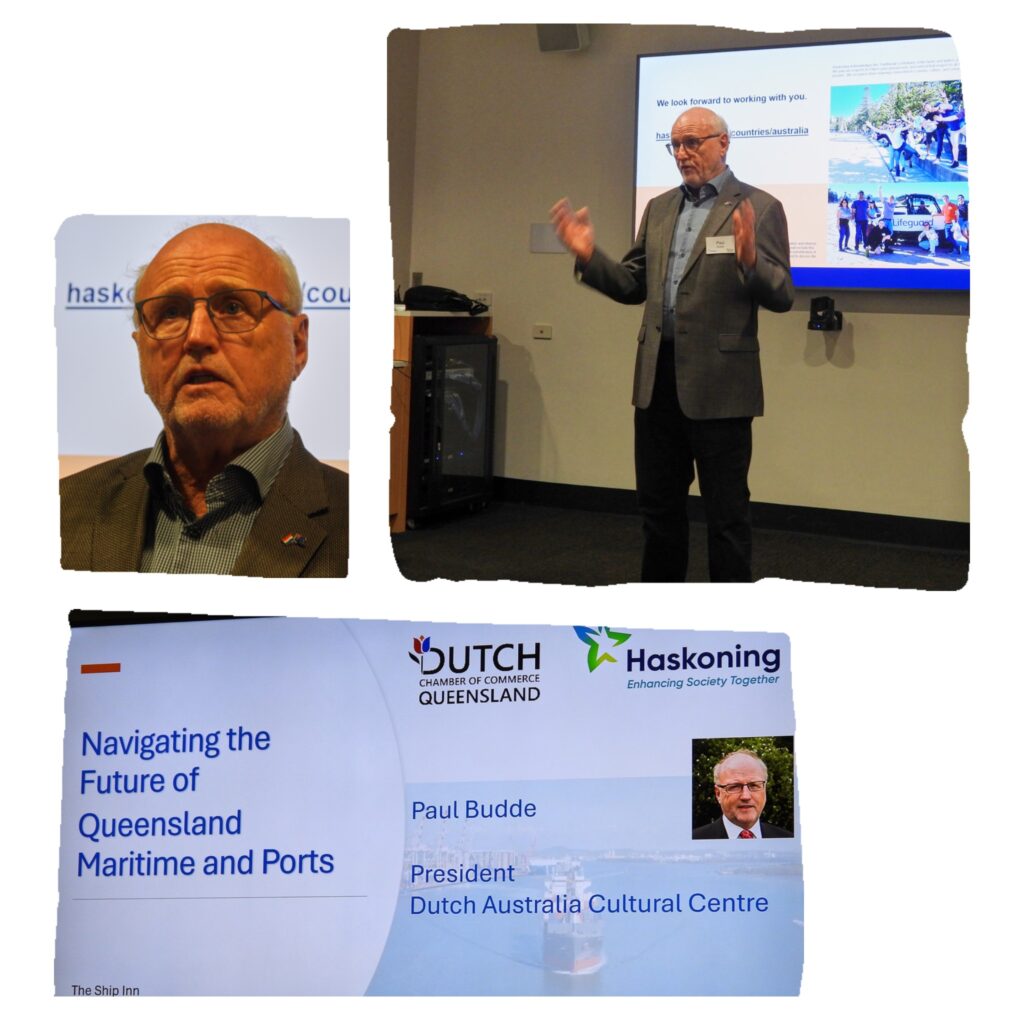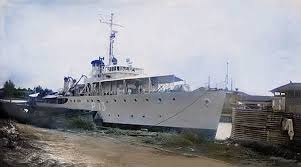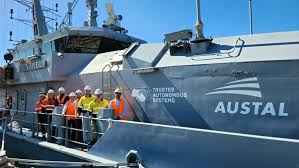By Paul Budde, Chair, Dutch Australian Cultural Centre

I was recently invited to address the event Future of Queensland Maritime and Ports, organised by the Dutch Chamber of Commerce in Queensland and supported by Haskoning. My contribution was to provide a brief overview of Dutch maritime history in relation to Queensland.
Early Dutch exploration in Queensland
Dutch maritime history in Queensland begins in 1606, when Willem Janszoon, captain of the Duyfken, sailed into the Gulf of Carpentaria. He made landfall near Cape Keerweer, marking the first recorded European contact with the Australian continent—right here in what is now far north Queensland.
Dutch cartographers went on to map parts of the Queensland coast, and names such as Staaten River, Nassau River, and Coen River still reflect this early legacy.
First Dutch contacts in Australia – Cape York and Torres Strait 1606 to 1643
Shipwreck rescue off the Queensland coast
Jumping forward to the 19th century, in 1854, the Dutch vessel Bato played a heroic role along the Queensland coast. It rescued survivors from three separate shipwrecks, highlighting a lesser-known but important Dutch presence in local maritime history.
World War II and the Dutch in Queensland
Queensland played a vital role for the Dutch during the Second World War.
As the war intensified, a large American fleet en route to the Philippines—later known as the Pensacola Convoy—was diverted to Brisbane following the Japanese occupation of the Philippines. This marked the beginning of the significant American military presence in Brisbane. Among the ships was the Dutch vessel MS Bloemfontein, which later served as a troopship during the Pacific campaign.
After the fall of the Dutch East Indies, General MacArthur integrated Dutch merchant ships—particularly from the KPM line—into his operations. These vessels operated from Queensland ports such as Townsville and Brisbane, supporting troop movements and supply chains. Several of these Dutch vessels became part of the newly formed US Seventh Fleet, which was headquartered in Brisbane.
Many Dutch seafarers paid the ultimate price. Two of them, Boesidien and Samanuddin, are buried at Toowong Cemetery, a quiet yet lasting reminder of the Dutch contribution to the Allied war effort. Another remarkable episode from this period involves around 800 political prisoners from Tanah Merah in Dutch New Guinea. They were brought to Queensland via the port of Bowen in 1943. The Australian Government, however, refused to accept political prisoners from another country on its soil and pressured the Dutch authorities to release them. Several of these former prisoners went on to become part of the Indonesian independence movement in Australia.
Meanwhile, at Camp Columbia in Wacol, the Netherlands East Indies government-in-exile established its base. This site became a key Dutch hub during the war—and a symbol of Allied cooperation.
Post-war migration and maritime links
After the war, Dutch ocean liners regularly docked in Brisbane, bringing thousands of Dutch migrants to Australia. Many spent their first months at Wacol, the very same site where the wartime Dutch government had been based.
This migration played a crucial role in the formation of the Dutch-Australian community in Queensland and helped lay the foundations for institutions such as the Dutch Club, Dutch Radio, Dutch School, DCCQ, CCHA and DACC.
The modern Dutch maritime presence in Queensland
The Dutch maritime connection remains strong in Queensland today.
Companies like Van Oord, a leading dredging and marine engineering firm, are involved in major port expansion and flood mitigation projects across the state. Kasper Kuiper, who attended the event, leads Van Oord’s operations from Brisbane.
Also supporting the event was Haskoning, a Dutch engineering consultancy with a more recent presence in Australia. They are actively involved in coastal and port infrastructure projects throughout Queensland. Their work reflects the continued Dutch contribution to sustainable maritime development in the region.
A legacy that endures
From early exploration and maritime rescues to wartime alliances, post-war migration, and modern infrastructure development, the Dutch maritime legacy in Queensland is rich, resilient, and ongoing.
If you’d like to explore more of this fascinating history, please visit our website or subscribe to the DACC e-newsletter for regular updates.
July 2025


